Russian regional politics is a complex and often opaque system, shaped by a combination of historical, cultural, and political factors. The relationship between the central government and regional authorities has evolved significantly since the collapse of the Soviet Union, and continues to be a subject of intense debate and analysis.
The Soviet Legacy
The Soviet era left a strong imprint on Russian regional politics. The Soviet Union was a highly centralized state, with power concentrated in the hands of the Communist Party. Regional authorities had limited autonomy and were largely subordinate to the central government. This legacy of centralized control continues to shape Russian regional politics today.
The Post-Soviet Era: A Period of Transition
The collapse of the Soviet Union in 1991 led to a period of significant political and economic turmoil. Regional leaders gained more autonomy, but also faced new challenges, such as economic instability and ethnic tensions. In the 1990s, many regions struggled to establish their own identities and assert their interests within the new Russian Federation.
The Putin Era: Centralization and Regional Control
Under Vladimir Putin’s leadership, the Russian government has sought to reassert central control over the regions. This has been achieved through a variety of measures, including:
- Appointing Regional Governors: The Kremlin has appointed regional governors, rather than allowing them to be elected by popular vote. This has weakened the power of regional leaders and strengthened the central government’s grip on regional affairs.
- Strengthening Federal Institutions: The federal government has strengthened its institutions, such as the Federal Security Service (FSB) and the Ministry of Internal Affairs, to ensure compliance with federal laws and policies.
- Subsidizing Regions: The central government provides significant financial support to regions, particularly those in the resource-rich regions of Siberia and the Far East. This allows the Kremlin to maintain influence over these regions.
Regional Power Centers
Despite the central government’s efforts to consolidate power, certain regions retain significant influence. These regions, often referred to as “power centers,” have strong economic and political clout. Some of the most powerful regions include:
- Moscow: As the capital and the country’s economic and political heartland, Moscow wields significant influence over regional politics.
- St. Petersburg: The second-largest city in Russia, St. Petersburg is a cultural and historical center with a strong political tradition.
- Siberia and the Far East: These regions are rich in natural resources, particularly oil and gas. They have significant economic and geopolitical importance, but their remote location and harsh climate pose challenges to development.
Challenges and Future Prospects
Russian regional politics faces a number of challenges, including:
- Economic Disparities: Regional disparities in economic development remain a significant issue. Some regions, particularly those in the European part of Russia, are more prosperous than others.
- Ethnic Tensions: Ethnic tensions and separatist movements continue to pose a threat to stability in some regions.
- Corruption: Corruption is a pervasive problem in Russian politics, and it can undermine the effectiveness of regional governance.
The future of Russian regional politics is uncertain. However, it is likely that the central government will continue to exert significant influence over regional affairs. As Russia seeks to modernize its economy and strengthen its position on the global stage, the role of regional governments will be crucial in achieving these goals.
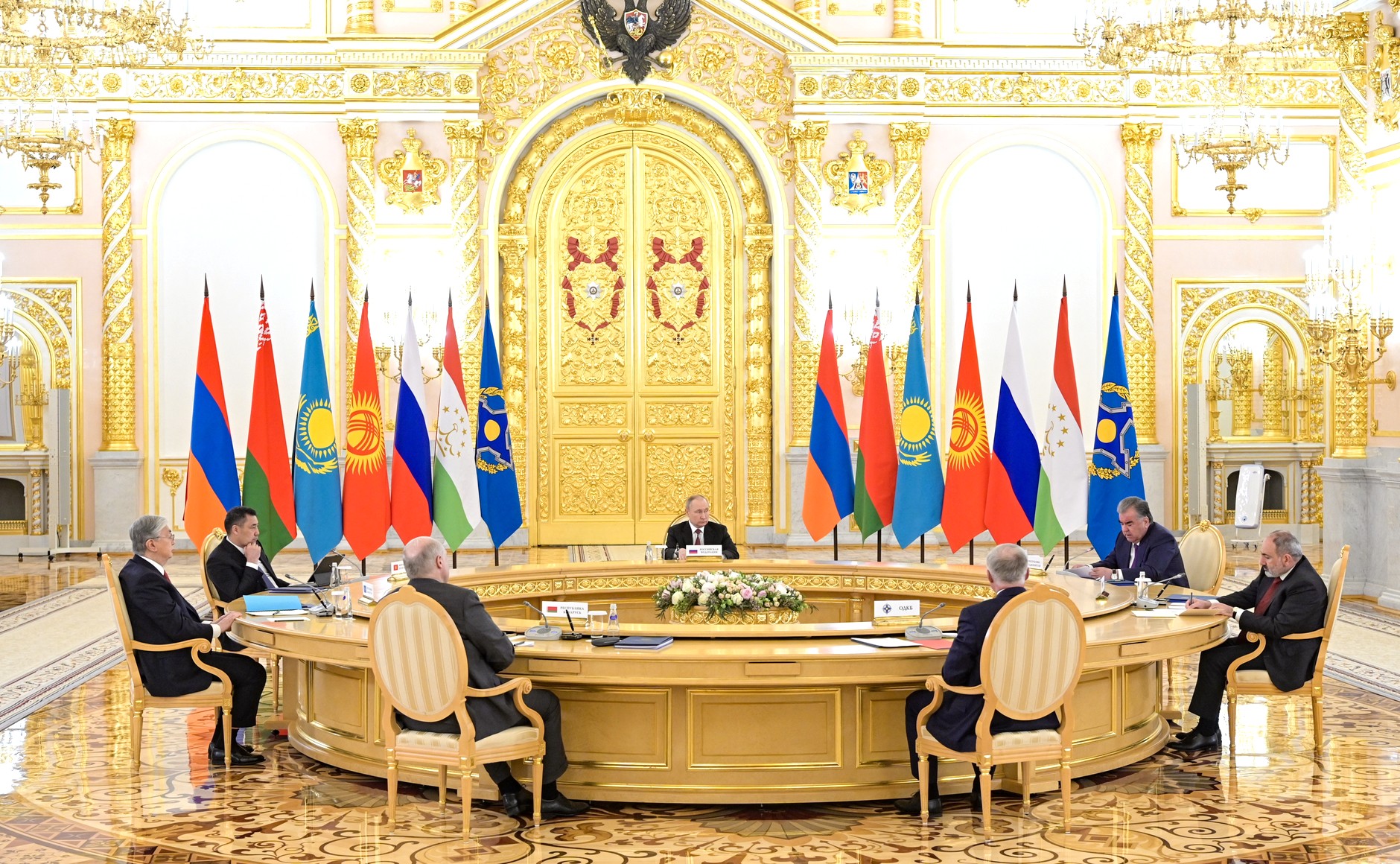
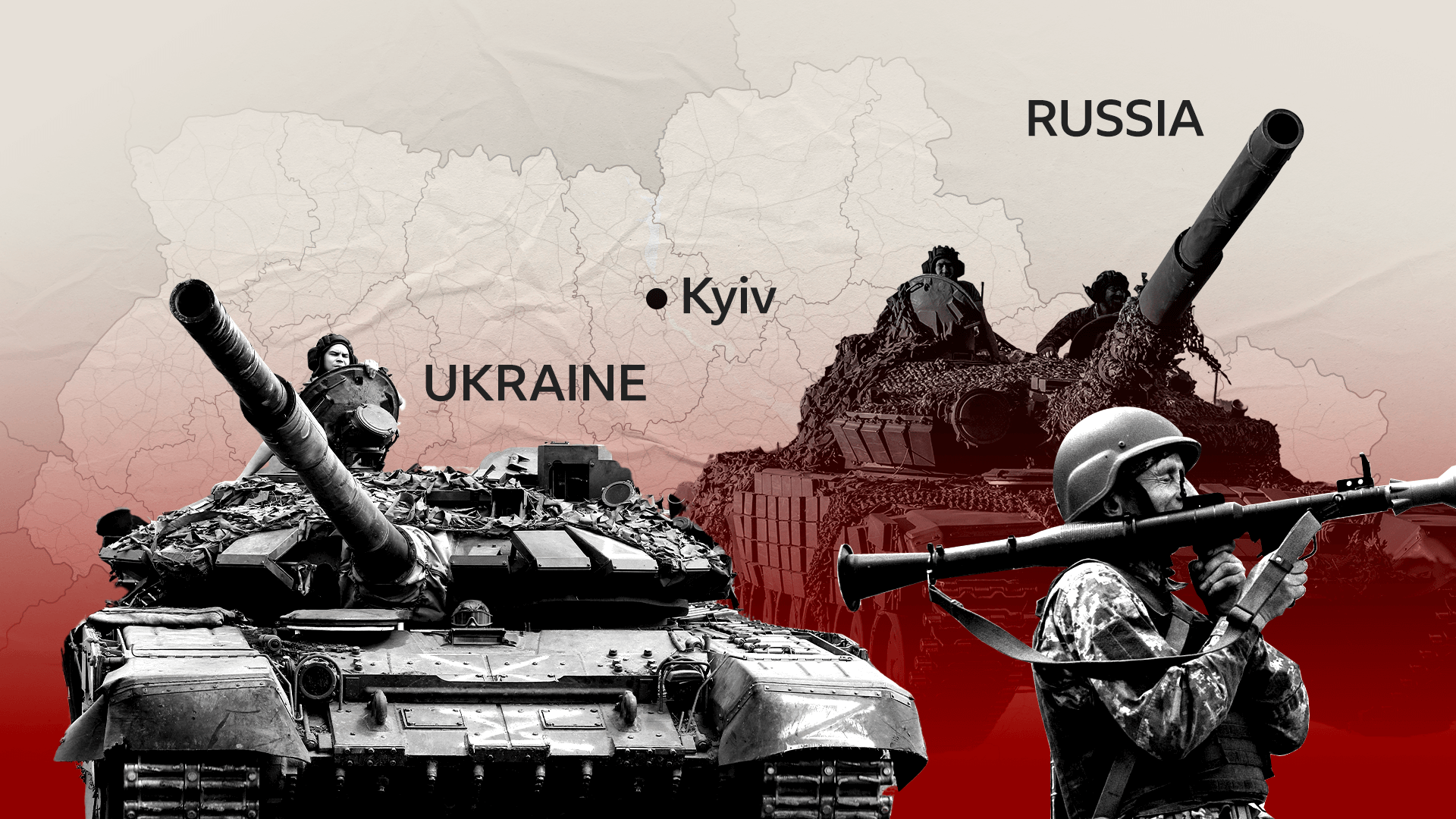
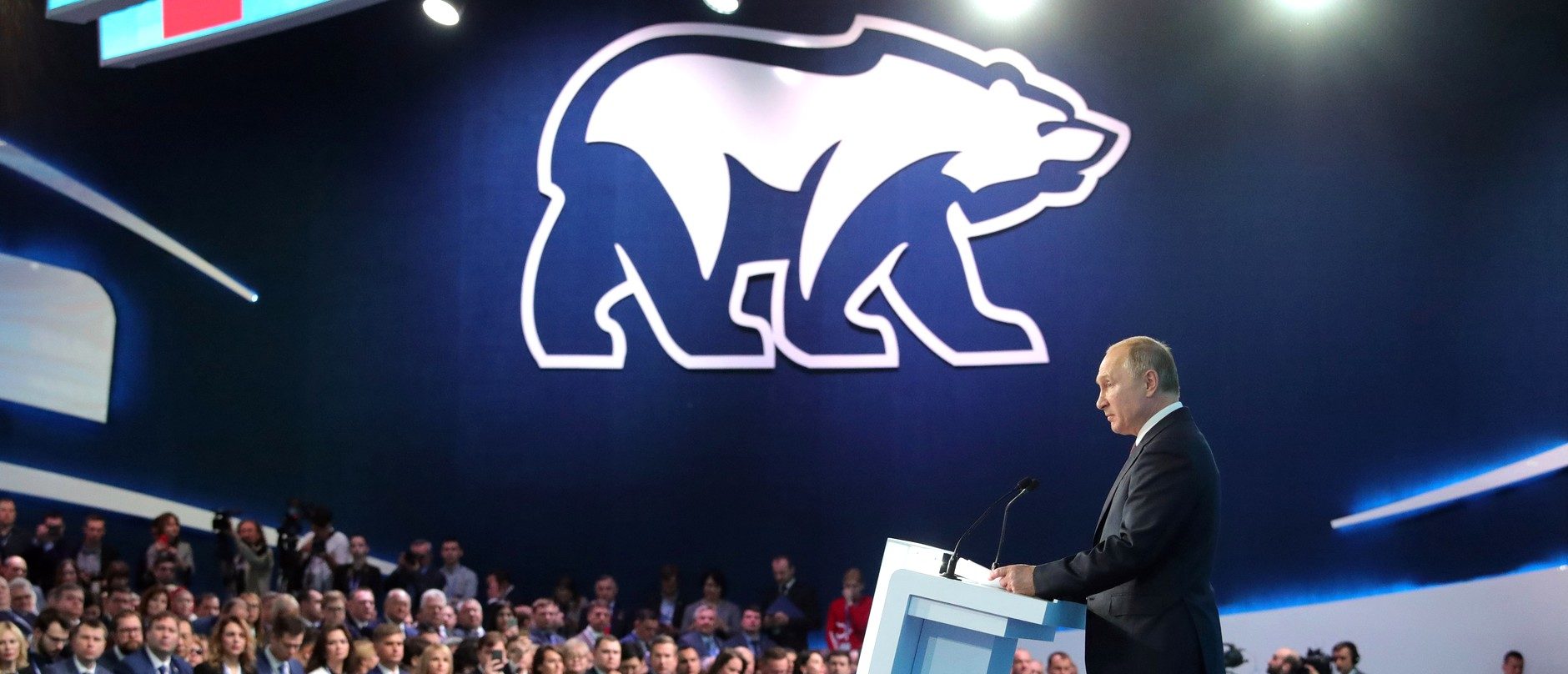
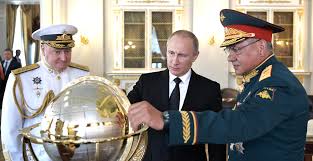

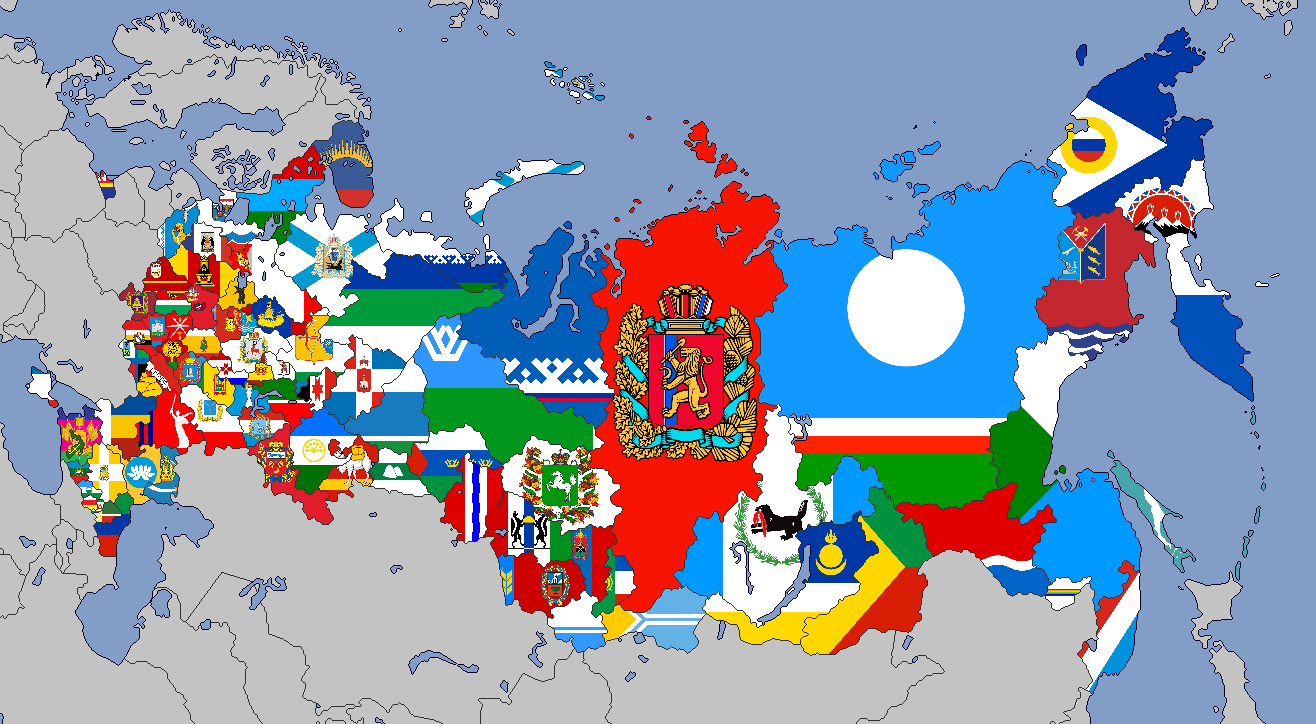
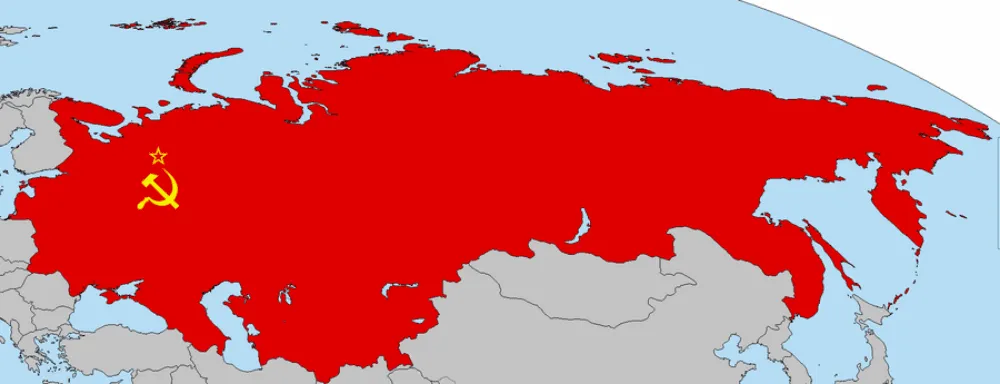
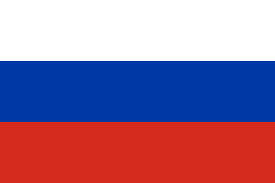
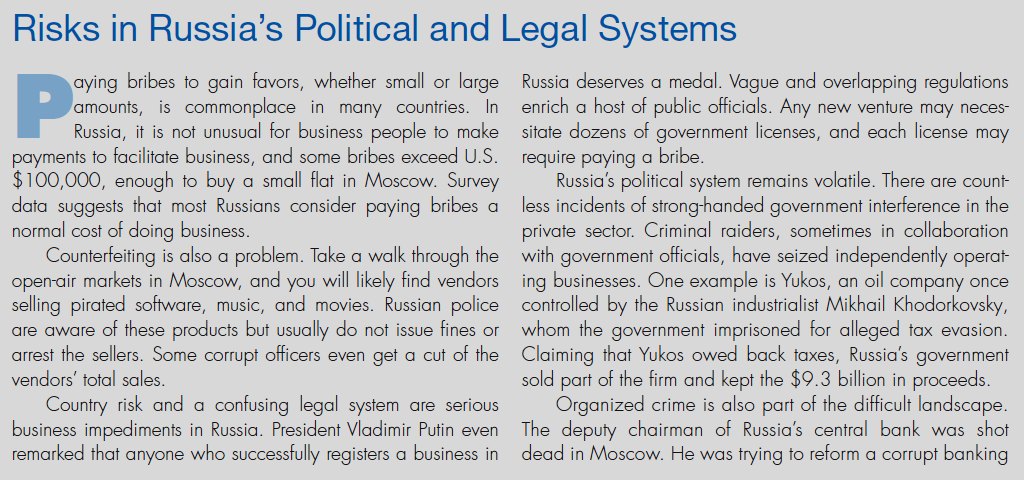
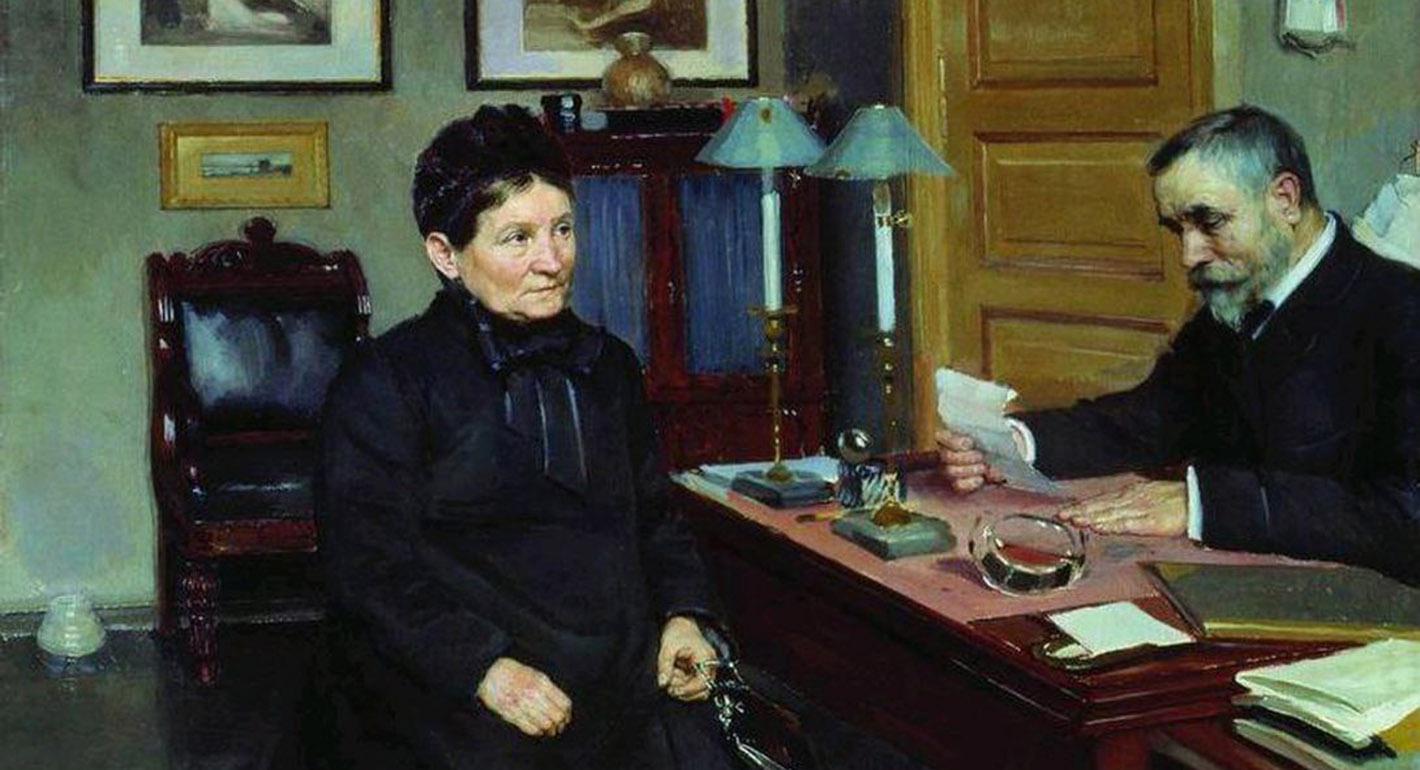
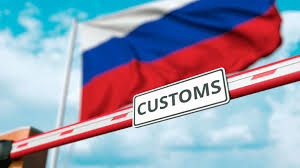
Leave a Reply